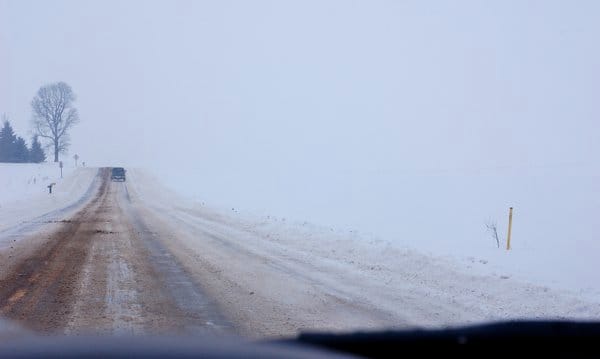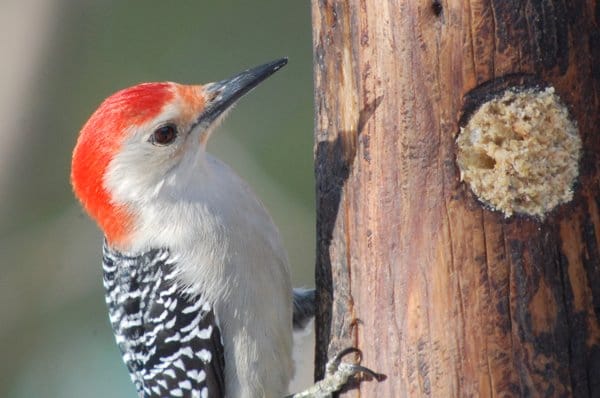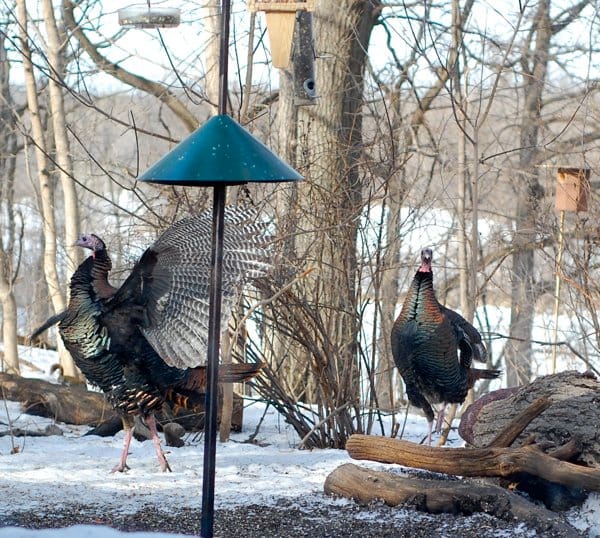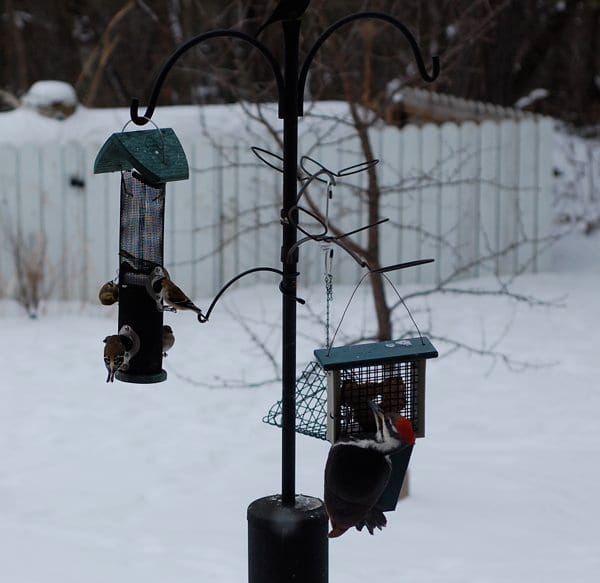I received a press release last week amidst all the Christmas Bird Counts stating that 3000 fewer birds were observed during the Christmas Bird Count in Central Park, NY and I thought the headline was a bit alarmist, but then again that’s what the headline on a press release is supposed to do to get your attention. Here’s a quote:
“Audubon’s Birds & Climate Change data proved birds are not Climate Skeptics, but already voted on this issue decades ago with their wings, many moving their summer ranges on average a miles north every year. Warm temperatures this autumn may have played a role in a low count in Central Park this year, which tallied 3, 286 birds – 3,000 fewer than last year. ”
Some of this language makes me gag–I’m mean really…”birds voted with their wings” (I just threw up a little bit in my mouth typing that). Not that I deny the climate is changing, I just dislike flowery, over simplified language like that.
But this is a common question–I used to get it regularly when I worked at the bird store and I still get it a few times via email in the winter. What does it mean when birds are suddenly gone from your yard in the winter time? Is something sinister going on at Central Park? Well, it’s hard to say with a one day count. Over several years, Christmas Bird Count data is useful, but one day in and of itself may not paint the full picture.
Sometimes it’s seasonal movement. Birds could be shifting, moving around based on available food resources and weather fronts. Was the Central Park CBC held on a day when there was a transition of bird flocks? Tough to say, but what about when birds disappear from a backyard?
Sometimes it can be a change in habitat. A large removal of buckthorn or any other trees can cause birds to abandon a yard. Buckthorn (though invasive and non native) provides both food and shelter and when it’s removed, it will keep birds away that like heavy cover and berries but the open space may eventually attract different birds.
Keep in mind that change of habitat can include construction. Any major remodeling going on to your home? Is a neighbor undergoing a major renovation? The noise and the change of the house shape can also be enough to keep birds away.
If it’s a case of birds abandoning a feeding station, it could be that the food offered is old: did you get that seed at an unbelievable discount–chances are it’s old and if your neighbor is offering fresher fare the birds will visit them. Is your seed not what the birds in your area want, for example is it more millet than sunflower? Is your feeder dirty and is the seed moldy? That not only can keep birds away but could cause disease.
Sometimes birds disappear from an area. If that happens, try to look at it from a bird’s point of view. Can food, water and shelter be found? Is it temporary? Take more than a day or even a week to understand before you hit the panic button.

















I just wanted to say that I’m impressed with the photo of the pileated woodpecker at a feeder! I’ve lived in my cabin in the woods for 20 years and have never had that happen. The pileateds are common here and frequent the trees around the cabin, but the closest I’ve ever had one to being in the feeder was one year when the pileated swooped at a red-bellied woodpecker who was in the feeder. Lucky you, having them in the feeder.
Every summer I use to see a lot of bids flying around the city of Bakersfield Ca know this year for 2013 they disappear all of the sudden . Why because of the climate is changing the weather here is to hot even though tthese birds were stilll around this is really getting weird . Or this means a great big sign oh God